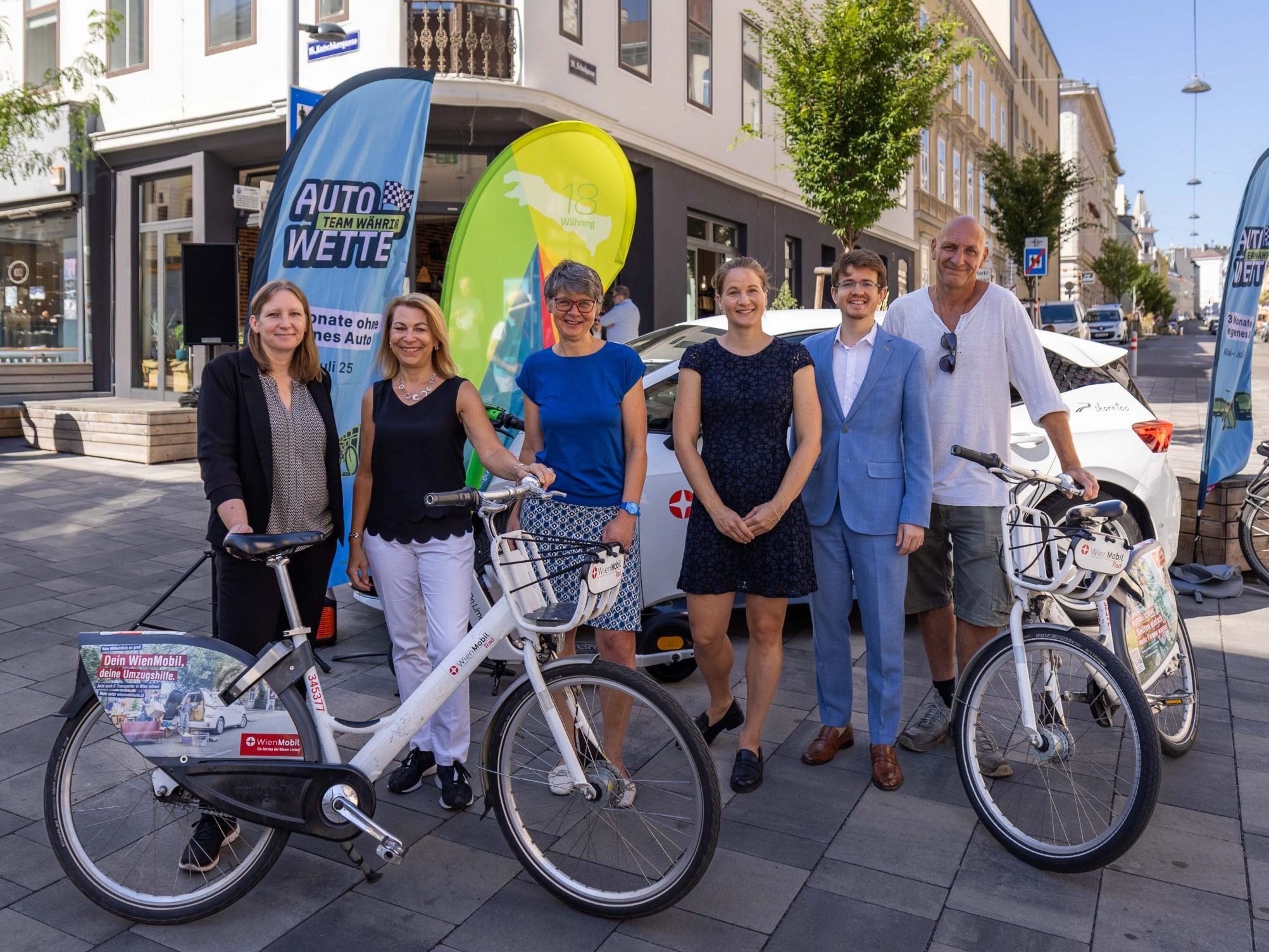Auto-Bet Concluded: Wiener Linien Take Stock

As part of the Wiener Linien car bet, participants refrained from using their own cars from May to the end of July. Instead, they received a monthly mobility budget of up to 500 euros per household.
Car Bet: Two Thirds Manage Without a Car in Vienna
According to Wiener Linien, two-thirds of respondents stated after the car bet that they no longer need their own car. A quarter of the test subjects have already sold their own car, while 23 percent are still undecided. Nine percent do not want to give up their car. Instead of using their private vehicle, during the self-experiment, 44 percent of the mobility budget was predominantly used for public transport, 23 percent for car sharing, and 17 percent for taxis and ride-hailing services like Uber. "Every single trip not made with a private car is a win for us and a contribution to climate protection. We have achieved our goal: We have highlighted mobility alternatives, and these have been integrated into the daily lives of the test subjects," said Wiener Linien Managing Director Alexandra Reinagl.
Thousands Apply to Participate in Car Bet
The initial response to the self-experiment showed that many Viennese can imagine a life without their own car. Almost 3,000 households are said to have applied to participate. "The car bet confirms that, as a rule, there is no need for a private car, as we really have many good alternatives in the city. And it also makes clear what a gain this is - for individuals, because they save money, and for all of us, because public space is freed up for design - and that also means more quality of life," said Silvia Nossek (Green Party), district leader in Währing.
BOKU Evaluates Wiener Linien Car Bet
The project is now being scientifically accompanied by the University of Natural Resources and Life Sciences, Vienna (BOKU), to evaluate, among other things, tracking data of all routes - with and without a car - and to conduct qualitative surveys with the participants in the fall. The results are to be summarized in a final report at the end of the year.
(APA/Red)
This article has been automatically translated, read the original article here.





